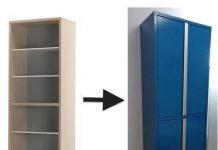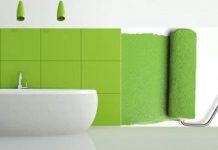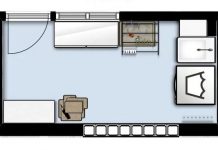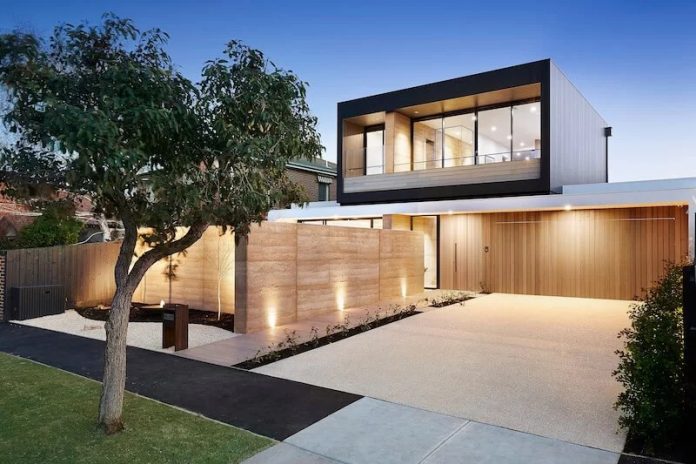
Are you thinking of buying a prefabricated house, but you have a sea of doubts? This practical guide will help you to know the types of manufactured homes that exist in the market, as well as their advantages and disadvantages so that you know which one to choose.
The pandemic has not only changed many of our habits, but also where we want to live. More and more people prefer to move their habitual residence to an open space far from the city. In this sense, prefabricated houses have experienced a boom in sales, as they allow a new-build home to be built quickly and at a cost between 20% and 30% lower than conventional construction.
Types of prefabricated houses
A prefabricated house is an alternative to those of traditional construction and, in fact, in countries like the United States or Canada they are common. Mainly, there are two types:
- Premade house: It is made up of different sections that are built in a workshop or factory, and then assembled on an assigned plot or land. You could say that it is like building a puzzle.
- Modular House: it is a house whose structure and enclosures are built by modules in the factory, to be transported with a crane to the place where it is to be located. On the other hand, each of these modules usually corresponds to certain functions of the home (rooms, kitchen, etc.).
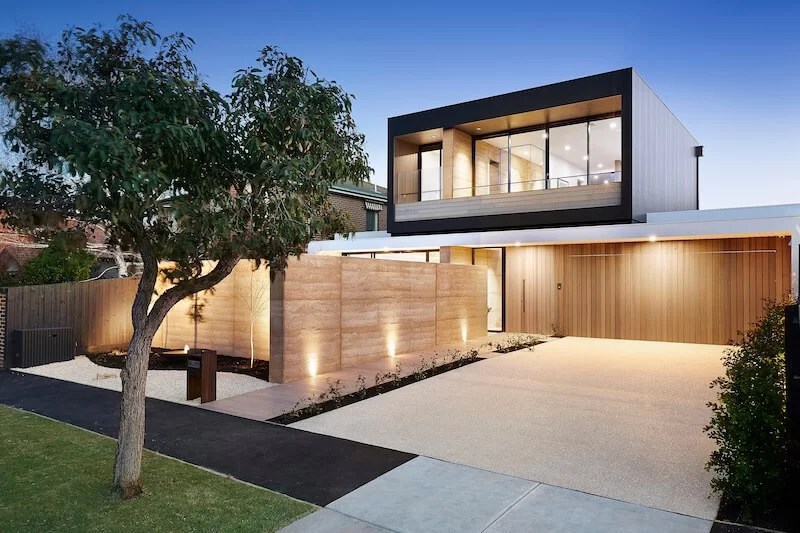
On the other hand, prefabricated houses can also be classified according to the predominant type of material used for their construction, the most common being those detailed below.
Wood
The prefabricated wooden houses they are the most popular of all due to the fact that it is a light material with a resistance and ease of cutting that make it possible to work well in the workshop. They are mainly built using logs, cross-laminated timber elements, panels, etc., as well as other finishing materials.
On the other hand, wood is a reusable, biodegradable and sustainable material when it is FCS certified. In addition, its transformation cost is lower than the rest of the materials used in construction. However, it must be taken into account that it requires treatments that preserve it from humidity and the attack of xylophagous insects, as well as periodic maintenance to keep it in good condition.
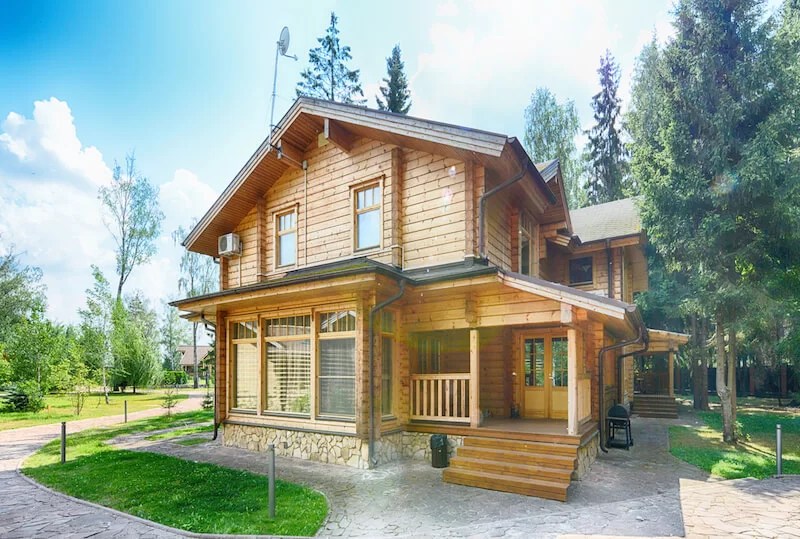
Steel
build with steel It is relatively simple and fast, providing resistant and durable structures. In addition, it is a very stable material that hardly requires maintenance, although it must be protected against high temperatures and corrosion.
Each of its parts is prepared to be easy to assemble, although it requires specialized labor when making the joints (screw or weld).
Concrete
Concrete is the construction material par excellence. Together with the steel it forms the reinforced concrete, which guarantees a very resistant and appropriate structure for homes that are going to be built in areas of high seismic risk. They are transported by trucks and assembled on site, reducing time and improving construction quality.
Its main advantage is that it hardly requires maintenance, but it is less ecological than other materials as it has a high carbon footprint.
PVC
The PVC is a derivative of plastic and it is a very resistant and light material in the construction of prefabricated houses. It is placed on plates that are assembled together to shape the walls. Its main advantage is that it provides high thermal insulation, both from cold and heat.
cargo containers
In recent years it has become a trend to recycle and adapt sea freight containers to use them as housing, as if it were a modular house. To do this, several containers can be connected, sides can be removed to achieve larger spaces and doors and windows can be opened. They can also be covered with plaster, stucco, wood, stoneware, etc.,
They are very cheap and allow modern-style construction, but their main disadvantage is that they require good insulation to make them habitable and energy efficient.
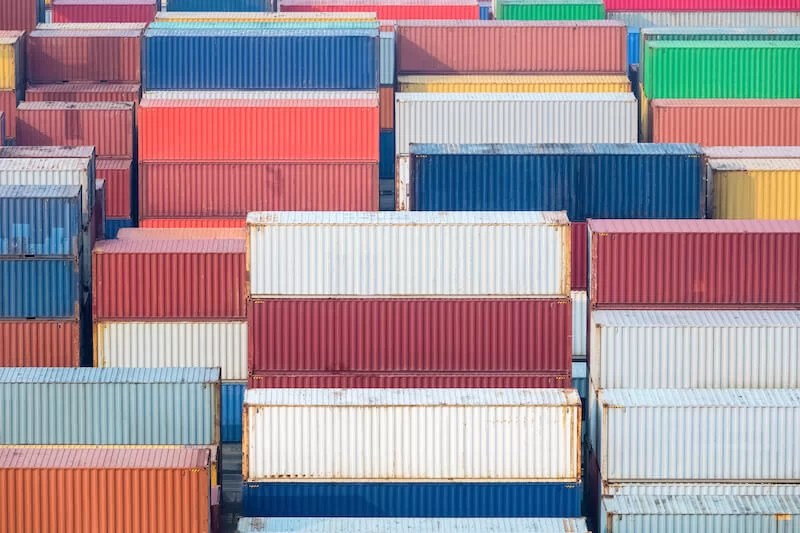
Advantages of prefabricated houses
These are some of the main Advantages of buying a prefabricated home:
- Delivery times are short (normally about 6 months). This is the main reason why a prefabricated house is used when a new home is urgently needed.
- They are ideal for locating them in isolated and remote places, since all you have to do is move the modules or elements and assemble them on site.
- Modular homes can be expanded later relatively easily. In this way, your home can evolve as your family increases, without you having to move for it.
- The weather does not affect production, since work can continue in the workshop to meet delivery deadlines.
- It is easier to carry out construction quality control, which results in better finishes, supervision of the materials used and their assembly.
- They admit the customization of their elements, they can even be produced with an exclusive design in the case of modular houses.
- It generates a smaller amount of debris, since the materials are used better.
- Prefabricated houses are more sustainable and ecological than those executed with traditional methods, since less energy is consumed during their manufacture by using sustainable or recycled materials. In addition, some of these buildings include systems that favor energy saving, such as solar panels, geothermal energy, etc.
Disadvantages of prefabricated houses
Prefabricated houses also have some disadvantages that you should be aware of:
- The price can be more expensive in high standing designs, just as it happens with conventional constructions.
- Some types of prefabricated houses, such as wooden ones, require maintenance that preserves them from humidity, fire action, etc. Although there are coatings made from wood fibers and with special weather treatment, which can last about 20 years without maintenance.
- Sometimes the financing can be complicated, since it is considered as personal property. To convert it into real estate, you must have an execution project, a building license and be permanently attached to the land.
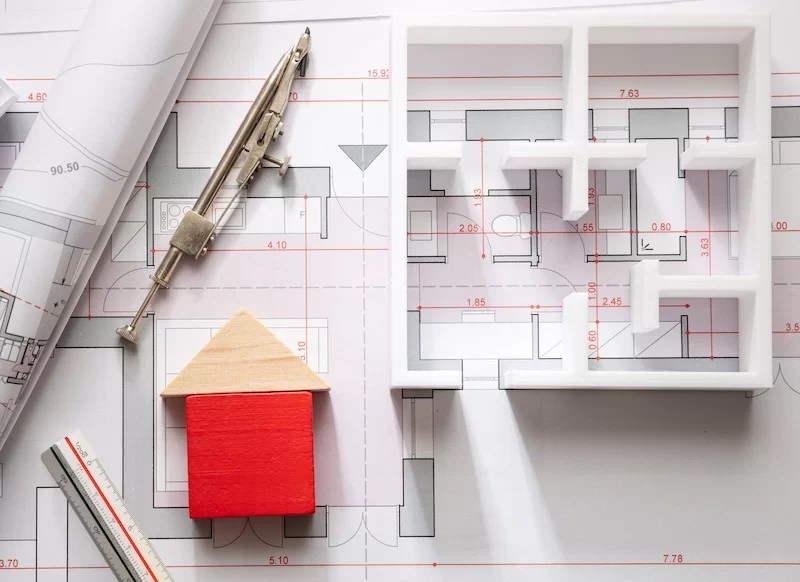
In short, there are more advantages than disadvantages of buying a prefabricated house. For this reason, I hope that this Guide to Types of Manufactured Homes It has helped you to be more clear about which one to choose to establish your habitual residence or as a second home.
If you liked this guide, you will find many more DIY and decoration tips at .

